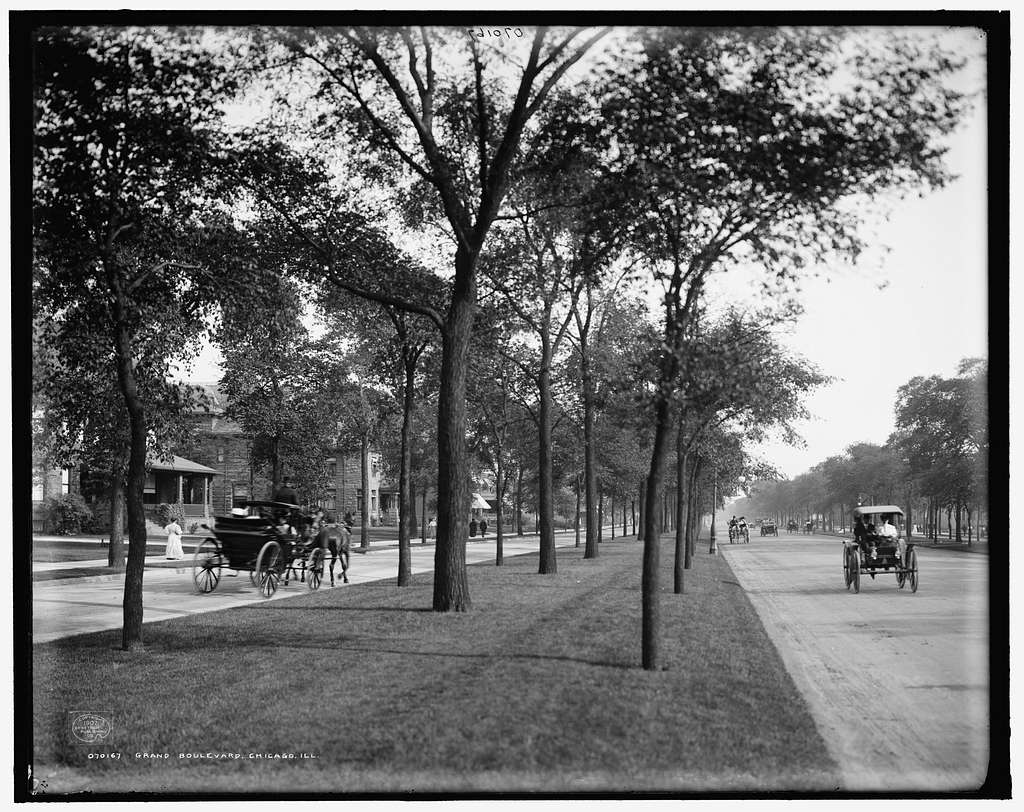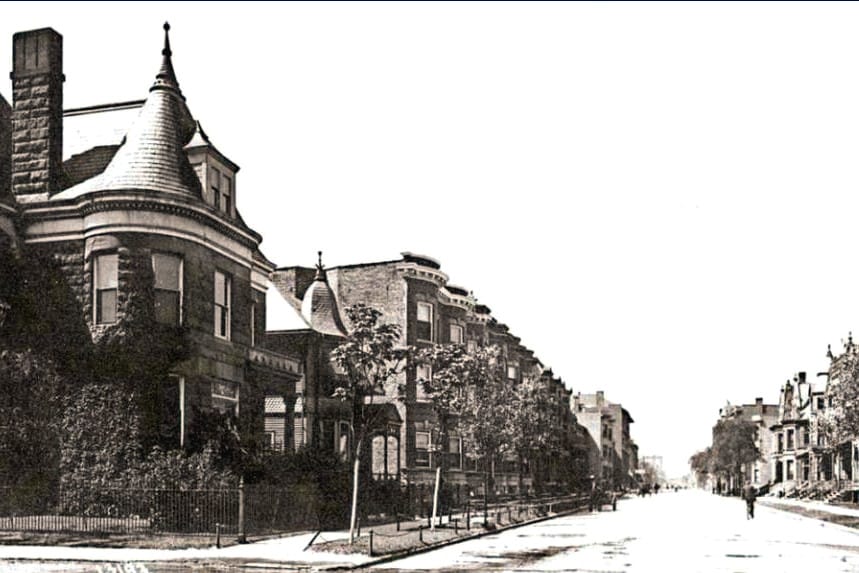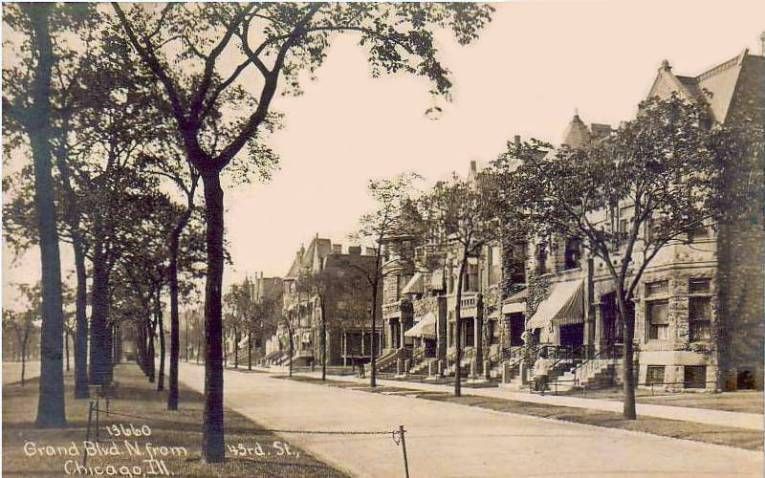Discovering the Grandeur of Grand Boulevard, Chicago
Chicago is a metropolis renowned for its iconic architecture, rich history, and vibrant neighborhoods. One such neighborhood that holds a special place in the city’s heart is Grand Boulevard. Nestled on the South Side of the city, this community area, formerly known as the Forrestville Settlement, has a rich history and unique character that sets it apart.
Unraveling the History
Initially a combination of prairie and dense woods, the area became popular in 1874 when the South Parks Commission developed a tree-lined thoroughfare named Grand Boulevard, which is now known as Dr. Martin Luther King Jr. Drive. This transformation led to the development of elegant mansions built by the city’s affluent, attracting a diverse populace, including the wealthy, middle-class, and working-class American-born whites of Irish, Scottish, and English origin, German Jews, and a handful of African Americans.
Transportation: A Catalyst for Growth
The community’s growth was significantly spurred by the efficient transportation network, facilitating easy access to and from Chicago’s Loop. By 1882, cable cars were operating along Cottage Grove Avenue, reaching 39th Street, and extending to 63rd Street by 1887. In 1896, the South Side “L” introduced stops at 43rd, 47th, and 51st streets, fostering the development of small commercial strips around these stations.

Emergence of Bronzeville
Grand Boulevard witnessed an influx of African Americans in the 1920s, accounting for 32 percent of the area’s population by 1920. This led to the emergence of “Bronzeville,” a term coined by the Chicago Bee, to describe the South Side African American community. It evolved into a bustling center of successful black businesses, civic organizations, and churches, earning the nickname “a city within a city.”
Cultural and Intellectual Hub
Bronzeville was not just a thriving business hub, but it also became a cultural Mecca, home to numerous black intellectuals, politicians, sports figures, artists, and writers. The Regal Theater, situated at 47th and Grand Boulevard, was a central institution that showcased African American culture.
Religious Institutions
Grand Boulevard has always been home to a diverse array of religious institutions. Notable establishments include St. Elizabeth of Hungary, established by Irish Roman Catholics at the corner of 41st and Wabash in 1881, and Corpus Christi Catholic Church at 49th and Grand Boulevard.
Challenges and Efforts Towards Revival
Despite its grandeur, Grand Boulevard witnessed a period of physical deterioration, poverty, unemployment, and public housing issues in the latter decades of the twentieth century. However, numerous individuals and community-based organizations, like the Centers for New Horizons, have put in efforts to address the needs of Grand Boulevard and its people.
Grand Boulevard at a Glance
Geographically, Grand Boulevard is bounded by 39th to the north, 51st Street to the south, Cottage Grove Avenue to the east, and the Chicago, Rock Island & Pacific Railroad tracks to the west1. The area occupies an area of 1.73 sq mi and boasts a rich cultural heritage.
Demographics
As of 2020, the total population of Grand Boulevard is 24,589. The racial makeup of the area is predominantly African American, accounting for 89.6% of the population.

Education
The community area is part of the City of Chicago School District #299 and City Colleges of Chicago District #508.
Notable Personalities
The neighborhood has been home to numerous notable personalities, including Robert Sengstacke Abbott, founder of The Chicago Defender, Noble Drew Ali, founder of the Moorish Science Temple of America, and Bessie Coleman, the first African-American woman and first Native American to hold a pilot’s license.
Grand Boulevard, Chicago, is a testament to the city’s rich history and cultural diversity. Despite economic and social challenges, the community continues to thrive, thanks to the efforts of local organizations and individuals. Its rich heritage and resilient spirit make it a unique and vibrant part of Chicago’s South Side.


